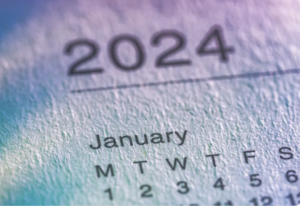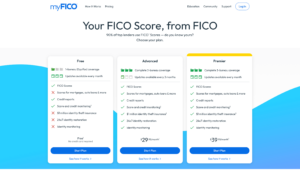There’s no doubt Capital One is a good option among numerous credit card offers, especially if you’re new to credit or rebuilding your credit.
But if your Capital One credit limit remains low despite having a solid income, a good credit score, and perfect payment history, we’ve discovered 5 reasons that may be contributing to your low credit limit.
1. Bucketing
What exactly is bucketing? When you apply for a Capital One credit card, the company categorizes your card into specific groups based on your credit score. These categories, or “buckets,” represent different levels of credit risk.
Your card is assigned to a bucket upon approval, determining the maximum borrowing limit and the potential for future limit increases.
How bucketing works
Each bucket has a different range of possible credit limits. For example, the bucket for people with fair credit might have a credit limit range of $750 to $2,500. On the other hand, the bucket for rebuilding credit might have a limit that ranges from $300 to $750.
Once you’re placed in a bucket, it can be very difficult to move to a different bucket. One reason is that Capital One rarely re-evaluates credit scores after the initial application.

How to know you’re in a low-tier bucket
There are a few signs that you might be in a low-tier bucket, including:
- Your starting credit limit.
- You are denied credit limit increases despite having an on-time payment history.
- You have been approved for the lower tier version of a Capital One credit card, such as the Quicksilver Rewards Card.
2. Low credit score
The most obvious reason Capital One grants a low limit card is you have a low credit score. Your credit score is one of the most important factors credit card issuers when setting your credit limit. A lower credit score means that you’re more likely to default, so Capital One may give you a lower credit limit due to the bank practicing risk management to control exposure.
3. Current credit limits are low
If you already have low credit limits with other credit card issuers, Capital One granting a similar limit helps them manage the potential risk associated with extending you an additional credit card.
4. High credit utilization
Your credit utilization is the amount of credit you’re using compared to your total available credit. A high credit utilization can make you appear to be a risky borrower, so Capital One may give you a lower credit limit.
Essentially that means if you have low credit limits reporting in your credit history, you’ll probably be granted a low limit from a new credit card issuer.
5. Limited credit history
Capital One may give you a lower credit limit if you have a limited credit history. It’s difficult to assess a borrower’s risk of default when there’s not much information in a credit history.
Actions to take if stuck at low Capital One credit limits
It may take several years to move from one Capital One credit limit bucket to a higher limit bucket. Unfortunately, Capital One cardholders may also receive small incremental credit line increases that barely move the needle.
Here are several ways to escape a low limit bucket:
Apply for a new Capital One credit card. This is a surefire way to escape your current bucket if your credit score has improved.
Use your household income. Capital One may consider your income and employment status when setting or increasing your credit limit. A lower income or unstable employment can make you appear to be a risky borrower.
However, most credit card issuers will consider your household income. That means the income of all members of your household will be taken into consideration when deciding whether to approve you for a credit card and what credit limit to grant.
Improve your entire credit profile. Once your credit improves, you may qualify for Capital One’s top tier credit card bucket.
Apply for a different credit card. If you have good to excellent credit scores, you may be better off applying for a credit card from a different credit card issuer. Generally, Capital One is not known for granting high credit limits to people with excellent credit either, plus, there are cash back credit cards that pay 2% or 3% on all purchases.
Final takeaway
Capital One’s bucketing system can be frustrating for people who want high credit limits. As one of the top 50 Mastercard & Visa Credit Card Issuers in the U.S, Capital One ranks number 3 according to Nilson Report, a globally recognized and established authority on card payments. Consider applying with the top 2 credit card issuers, Chase and Citi, to get the desired credit limit.






















